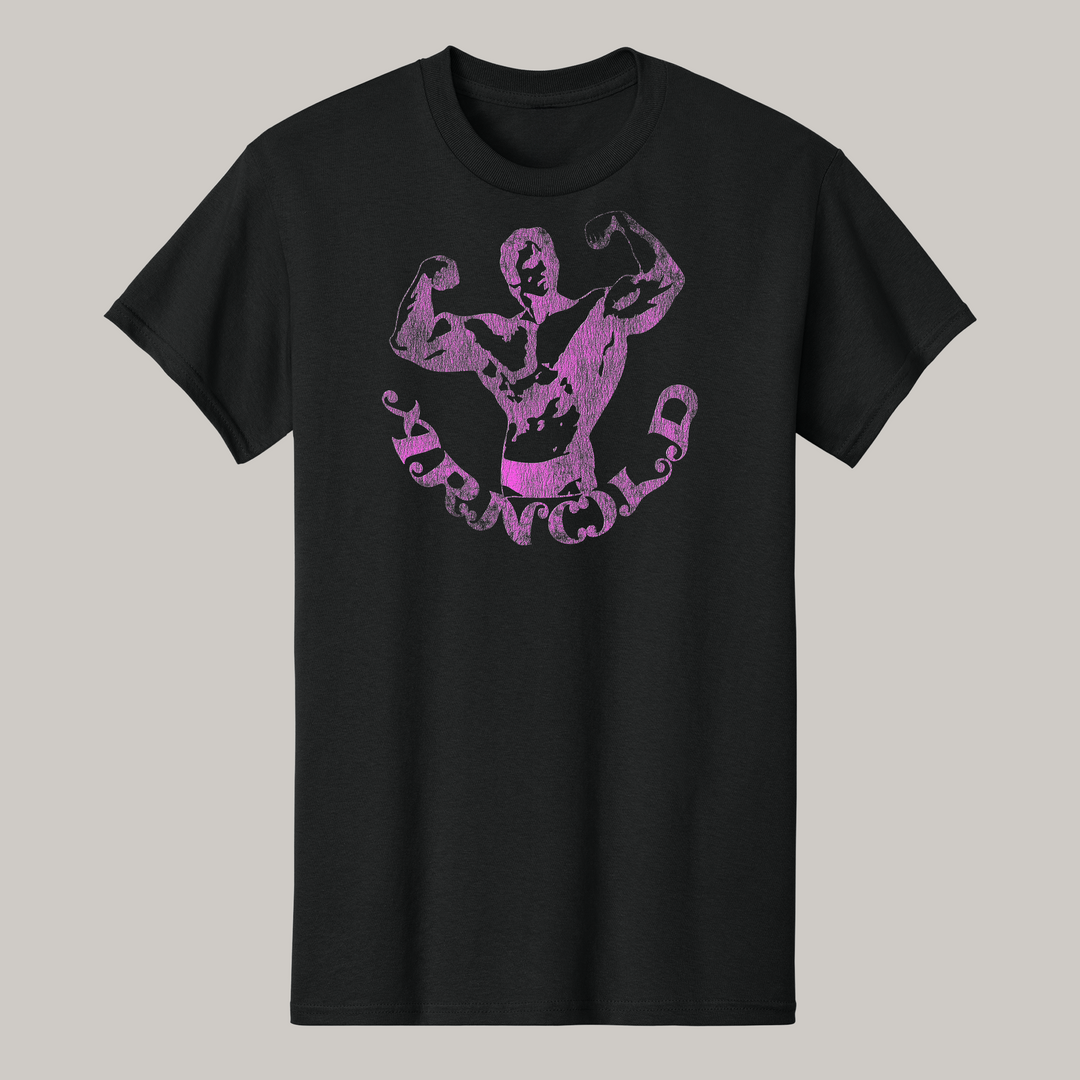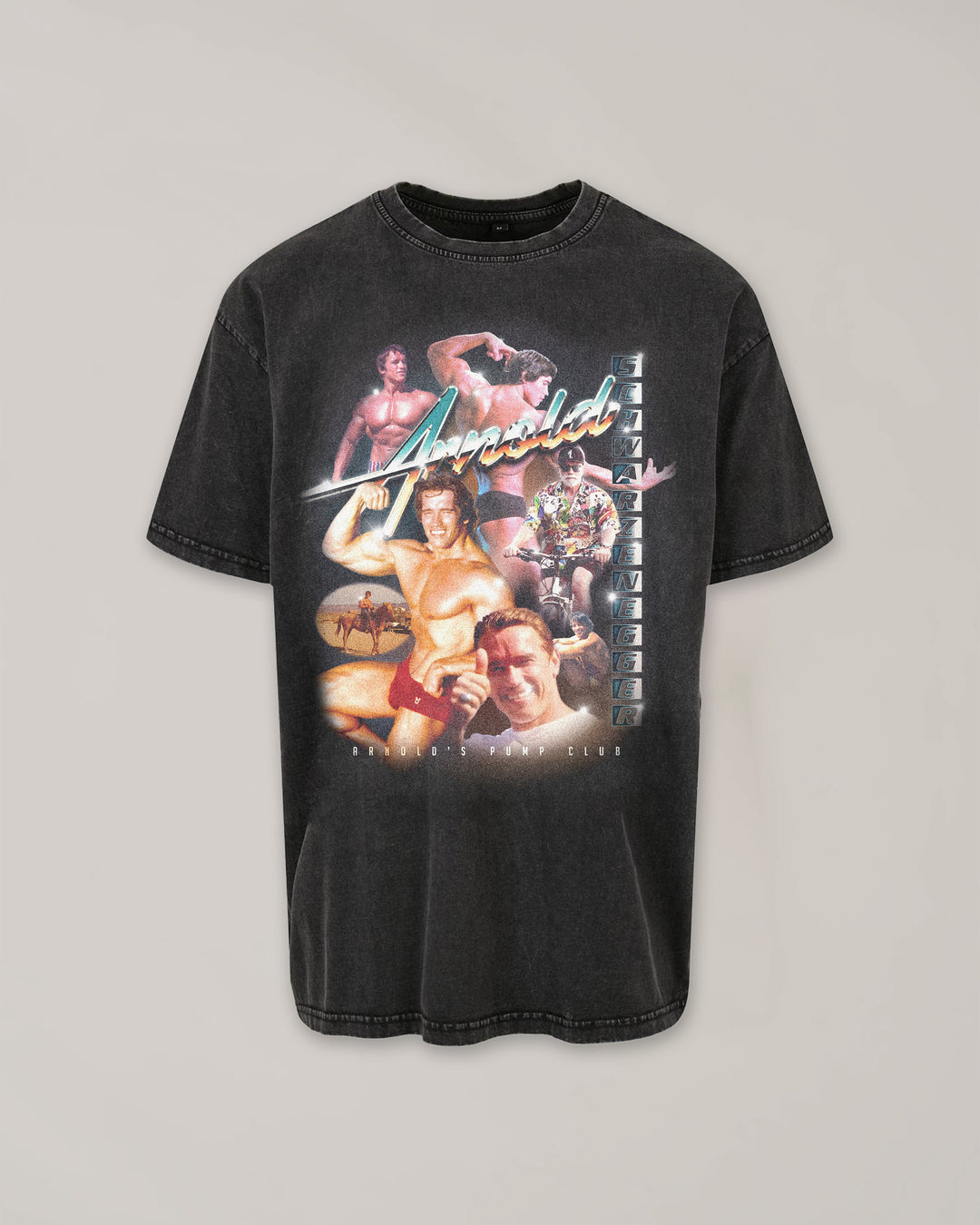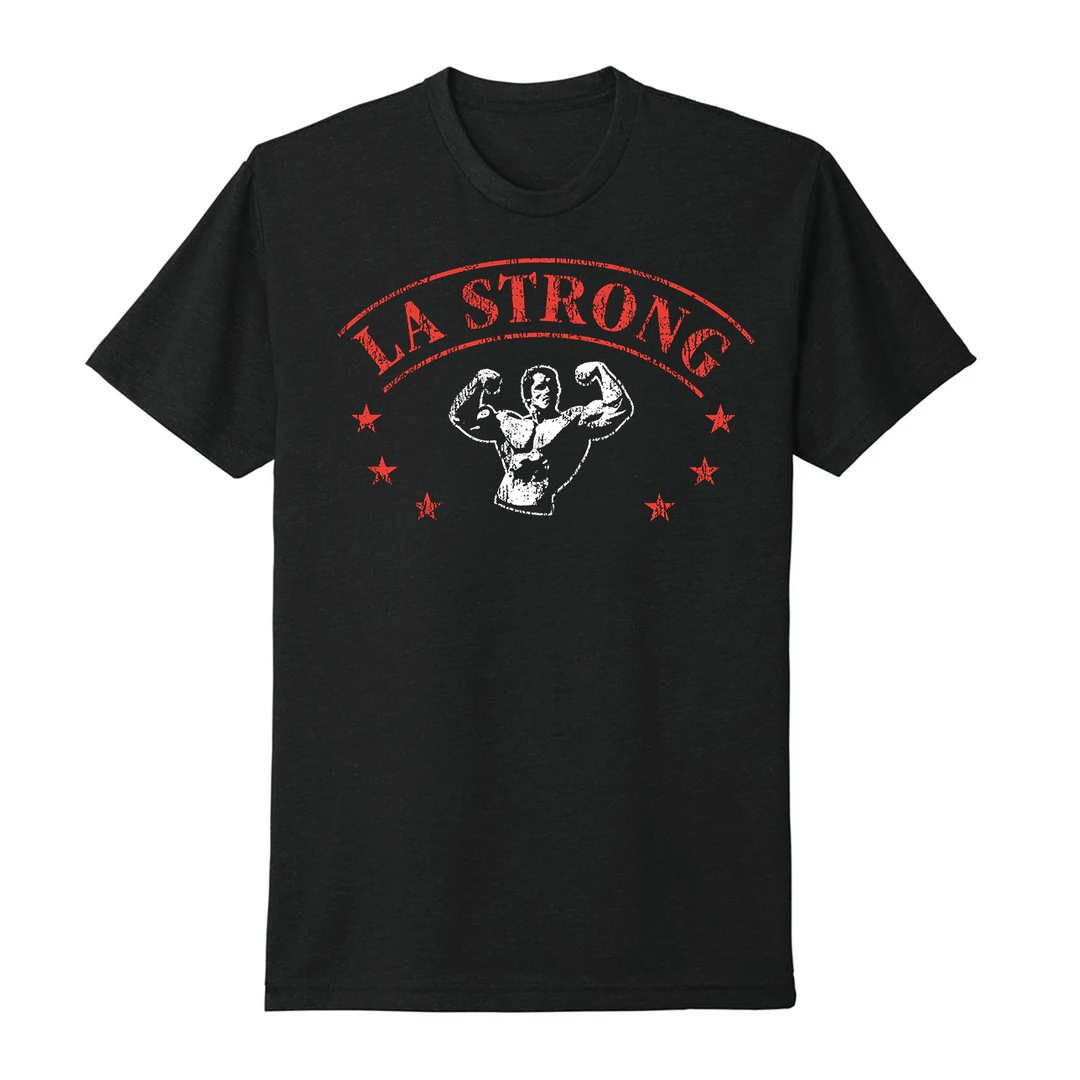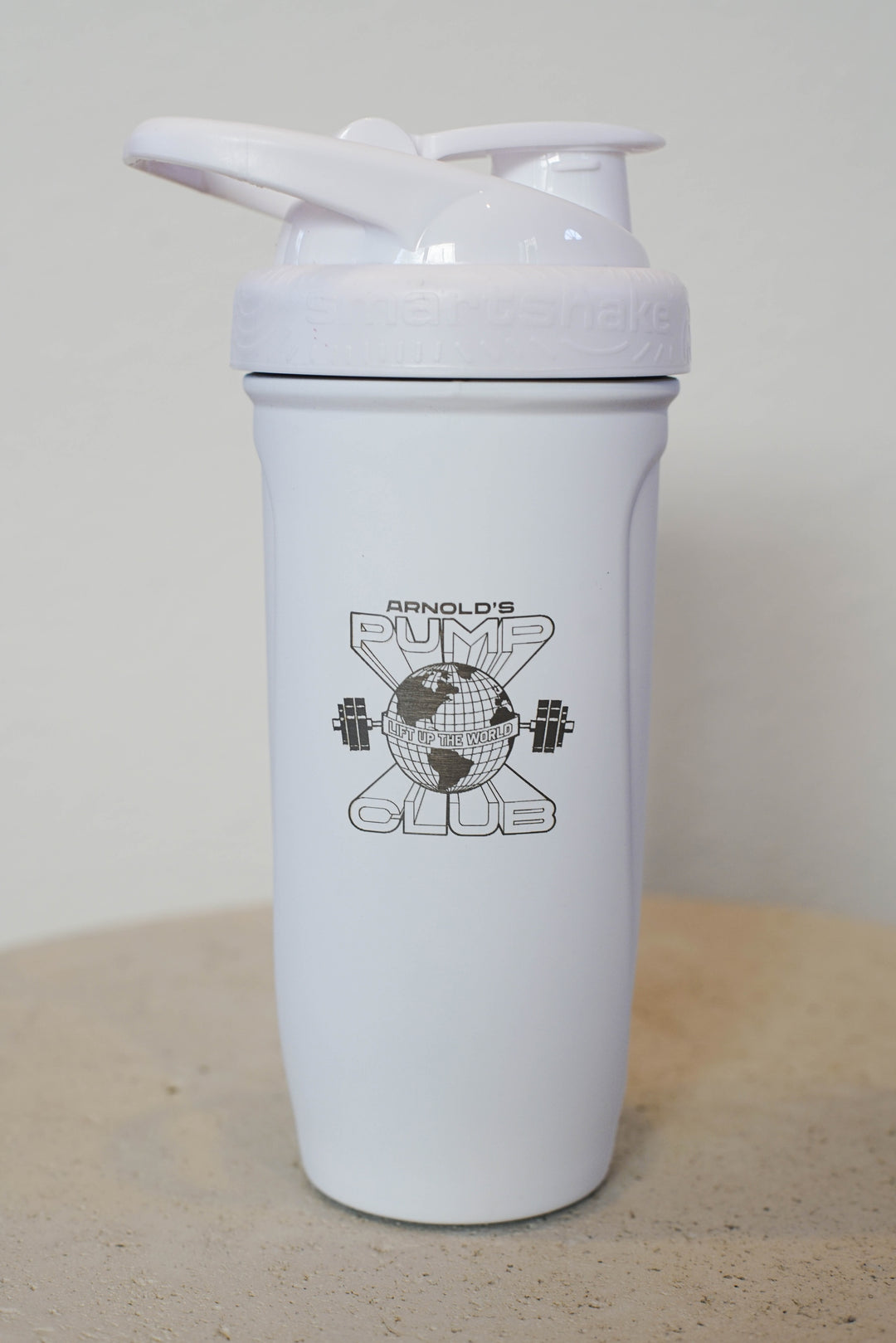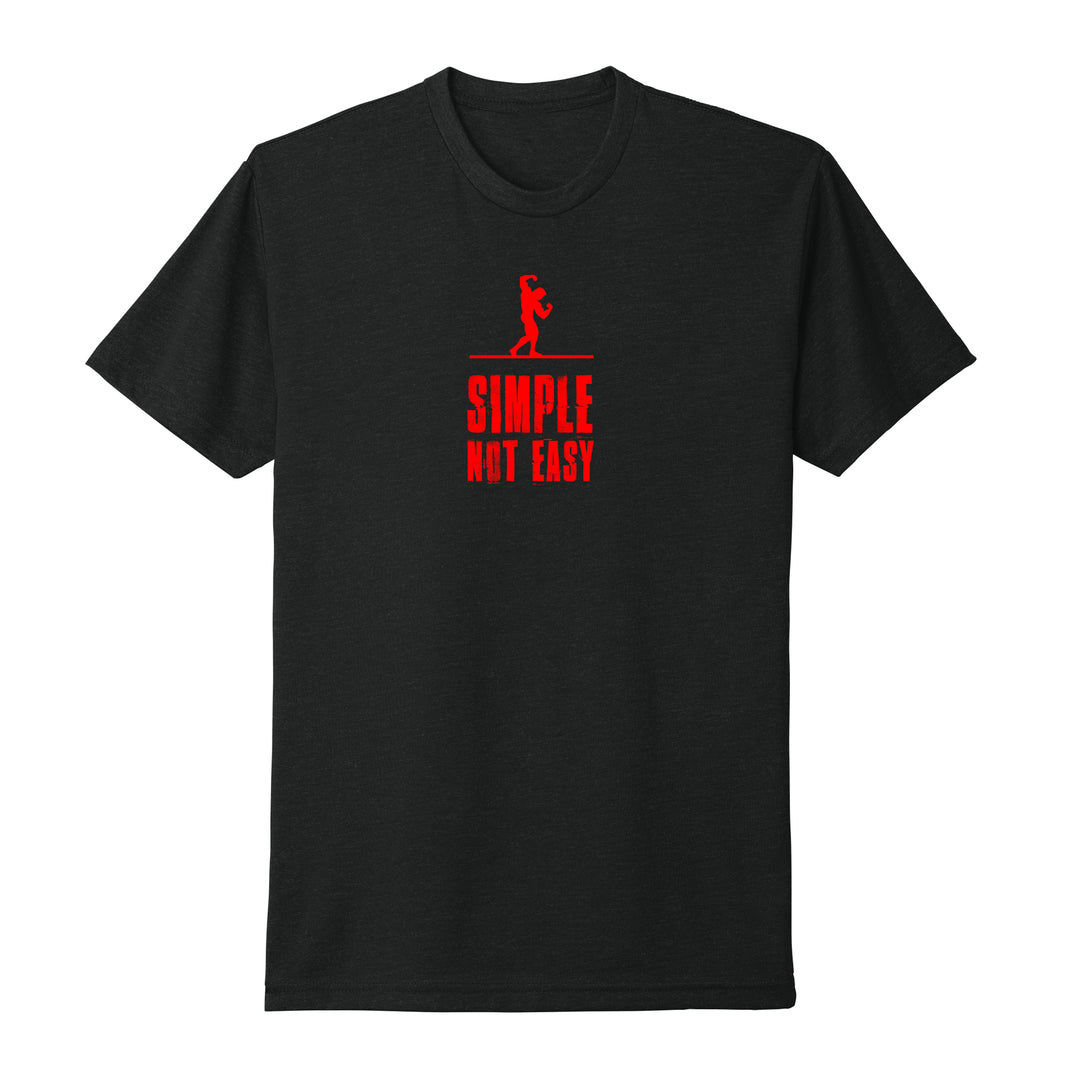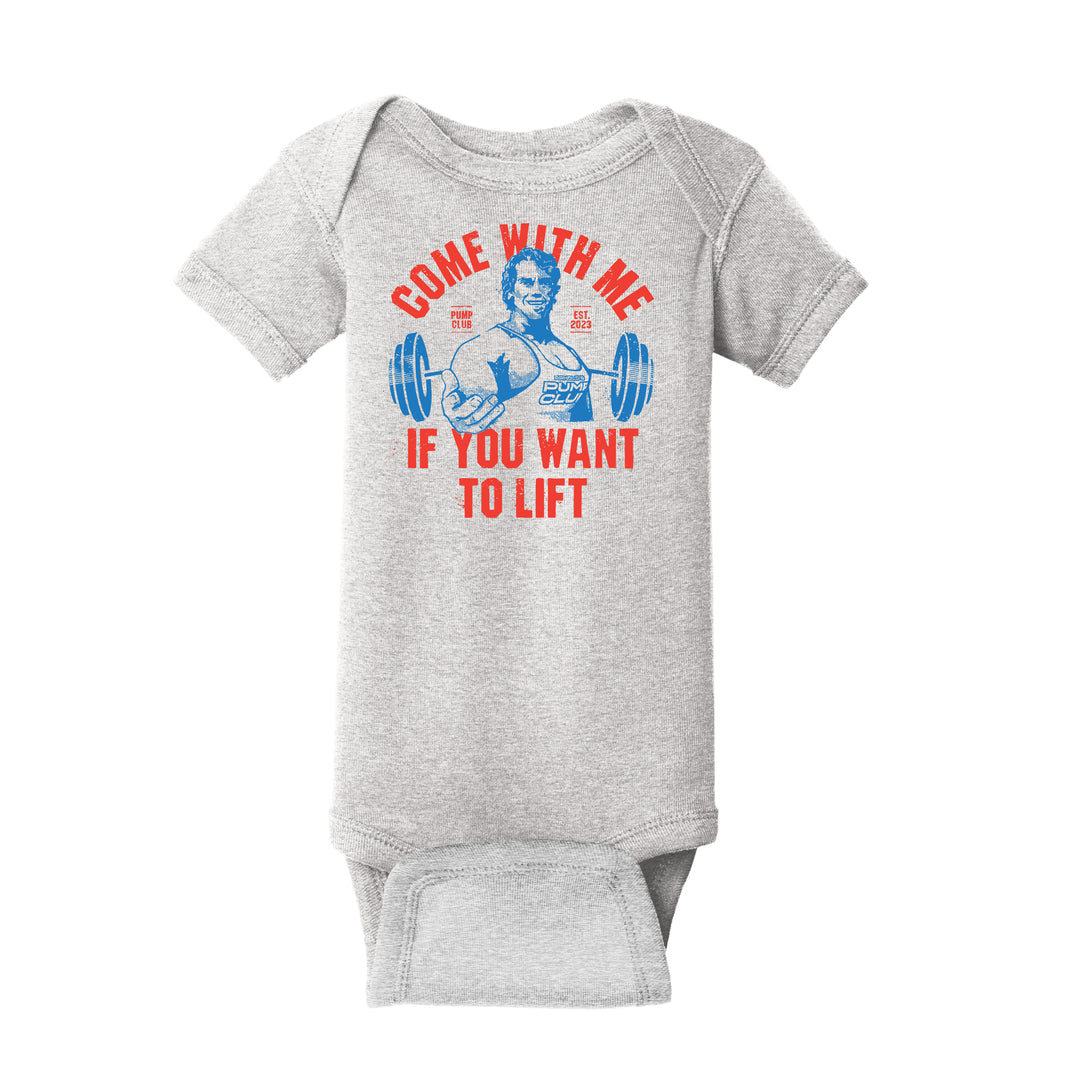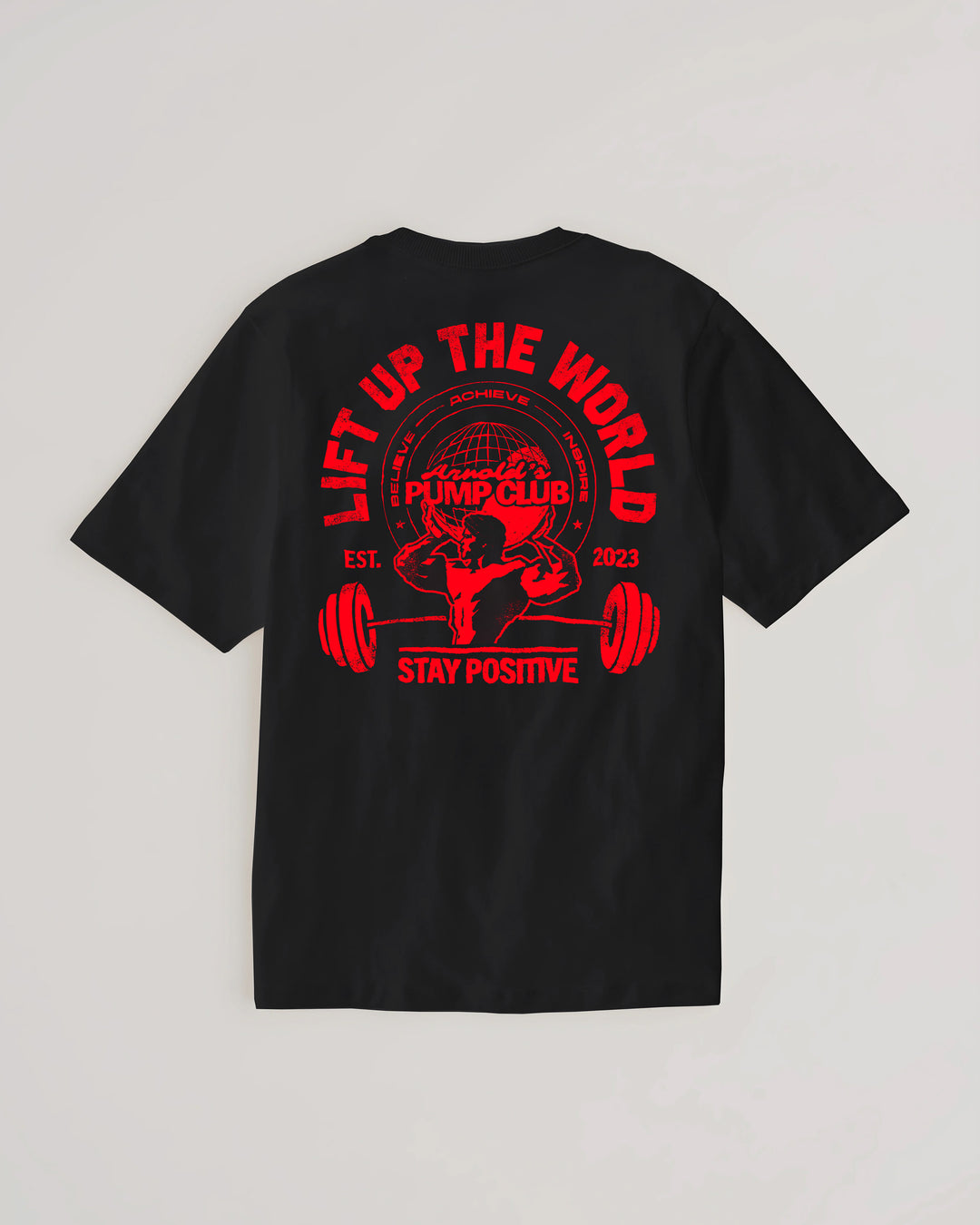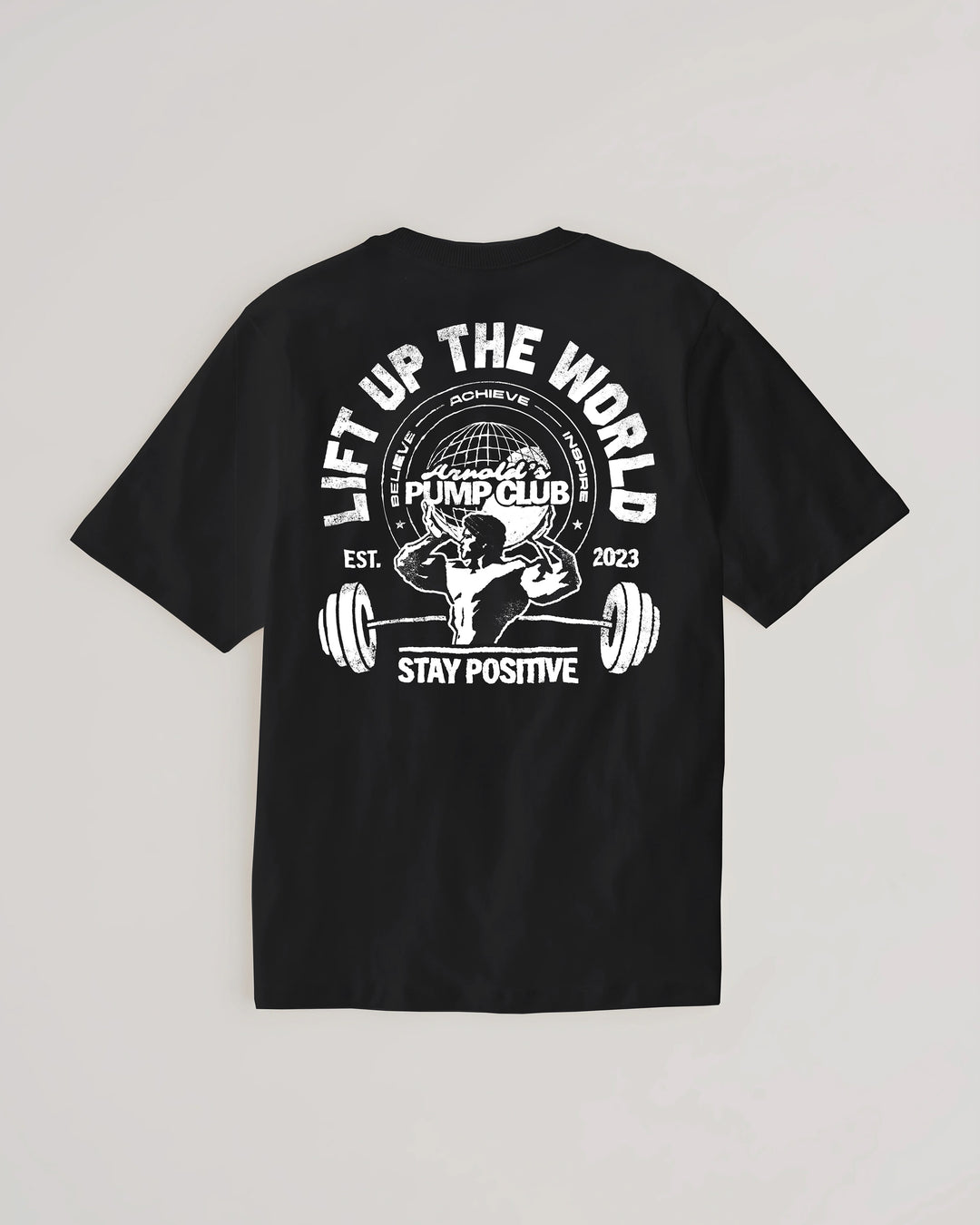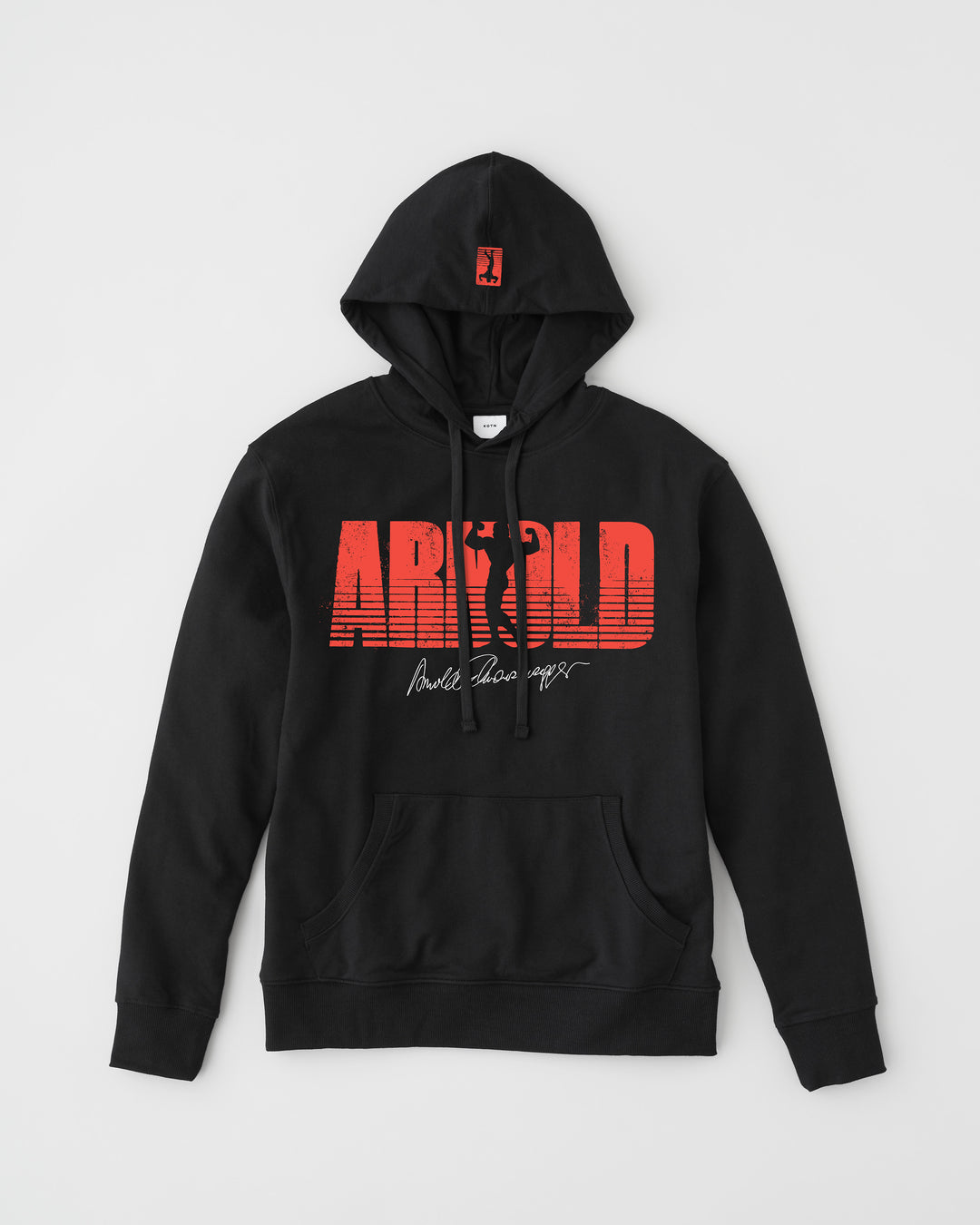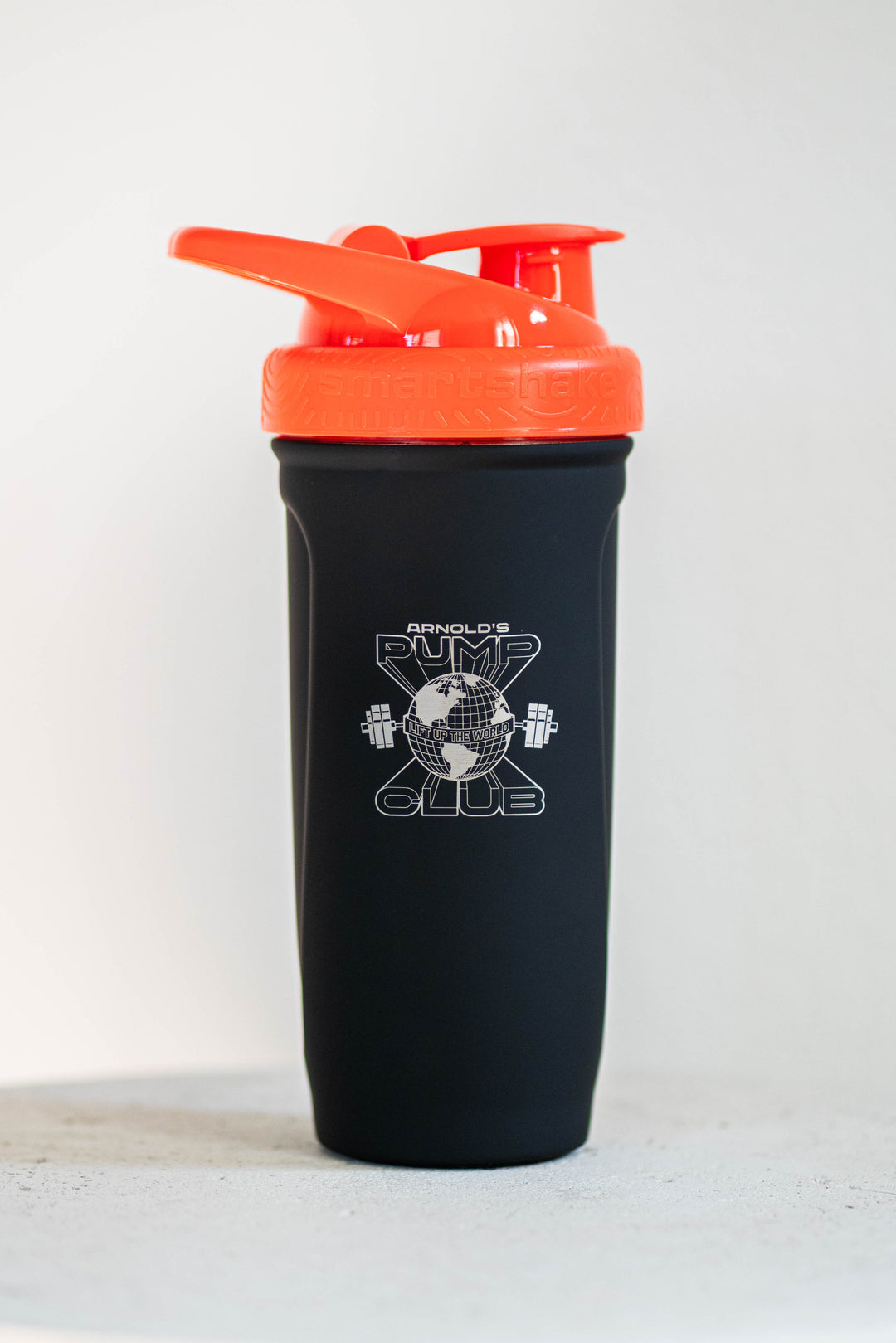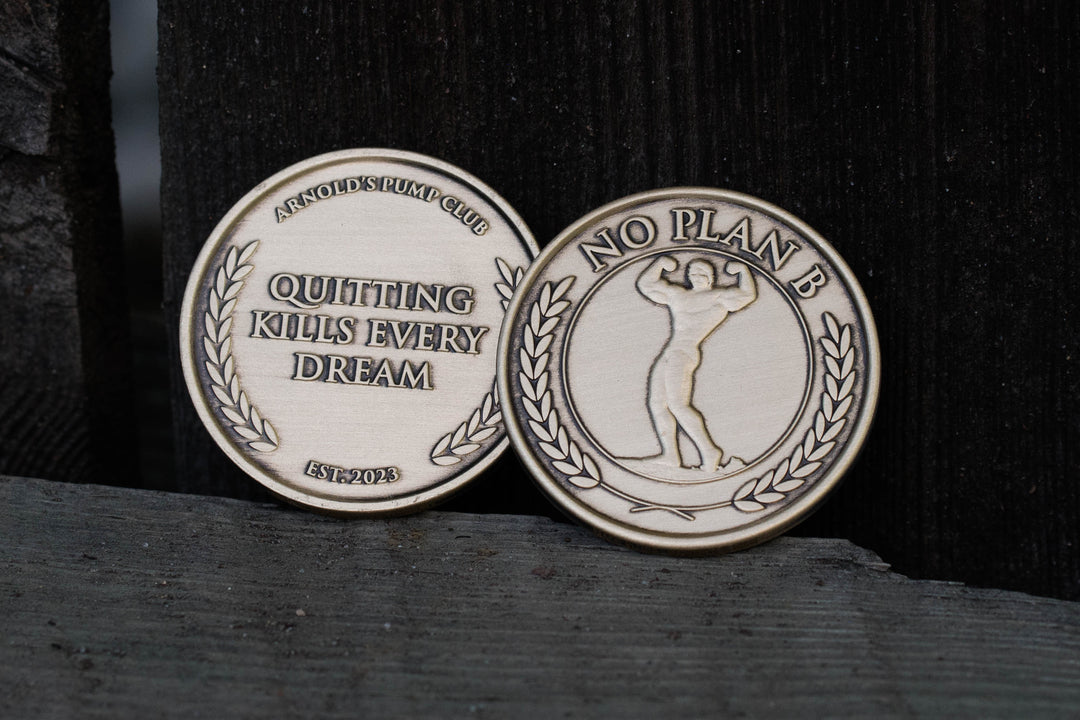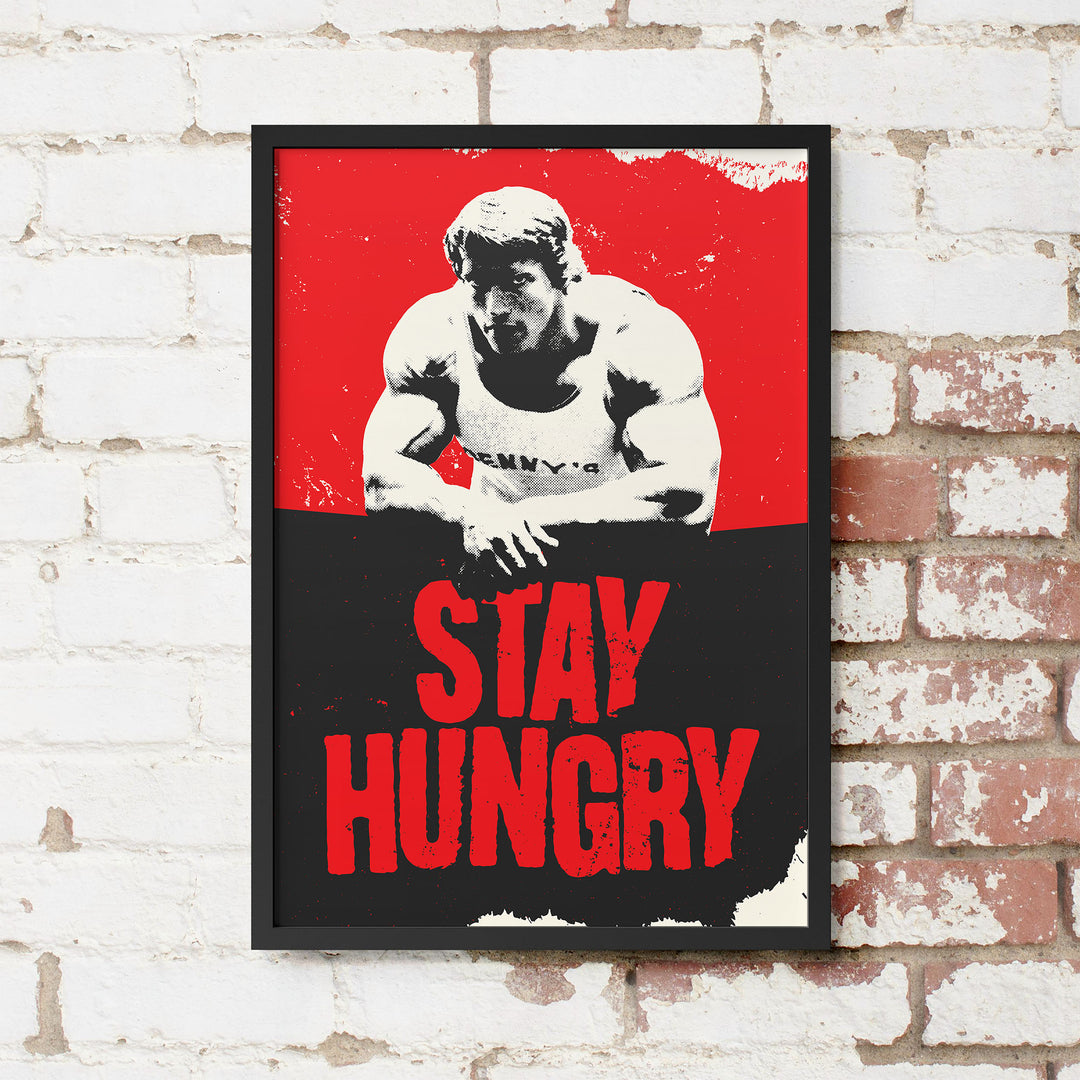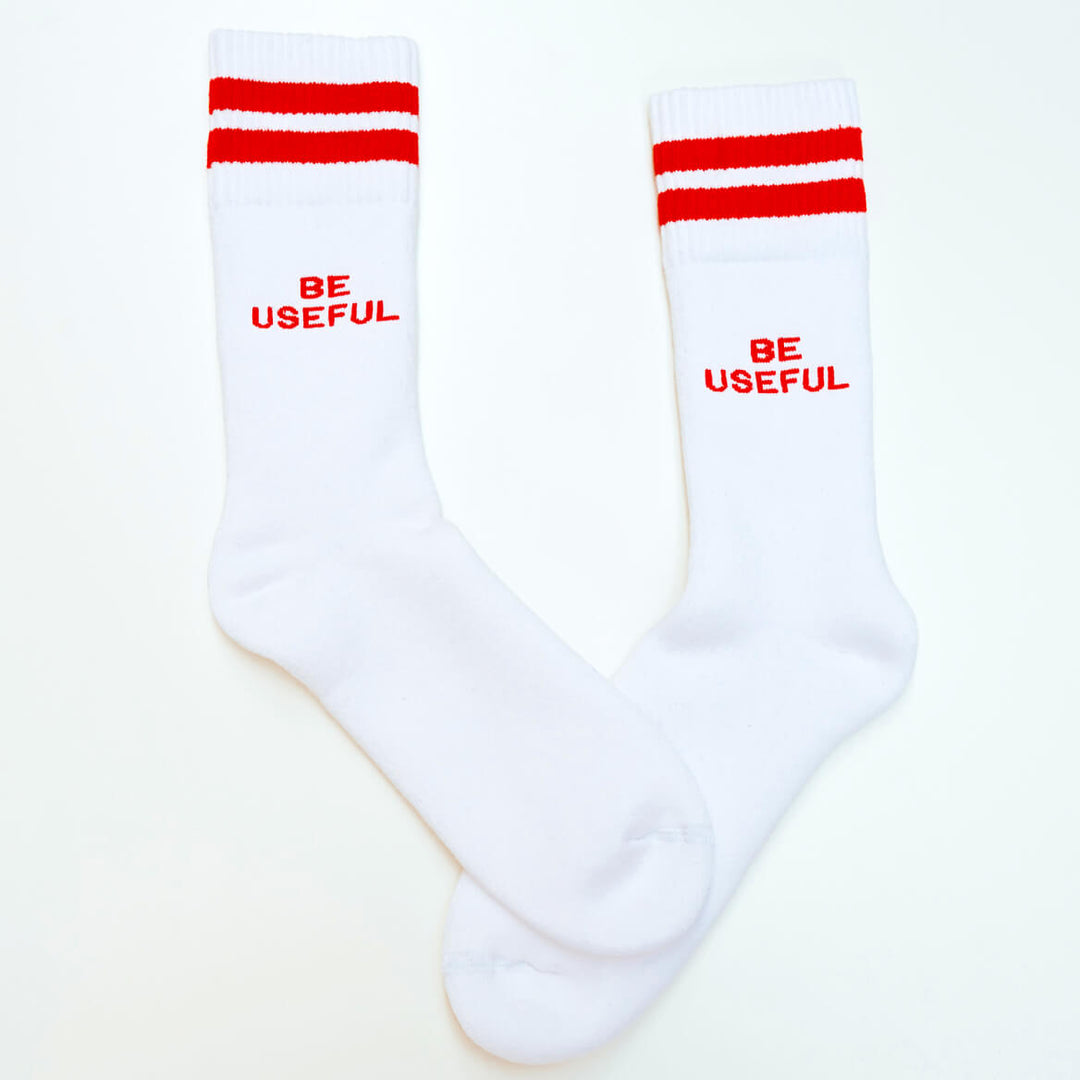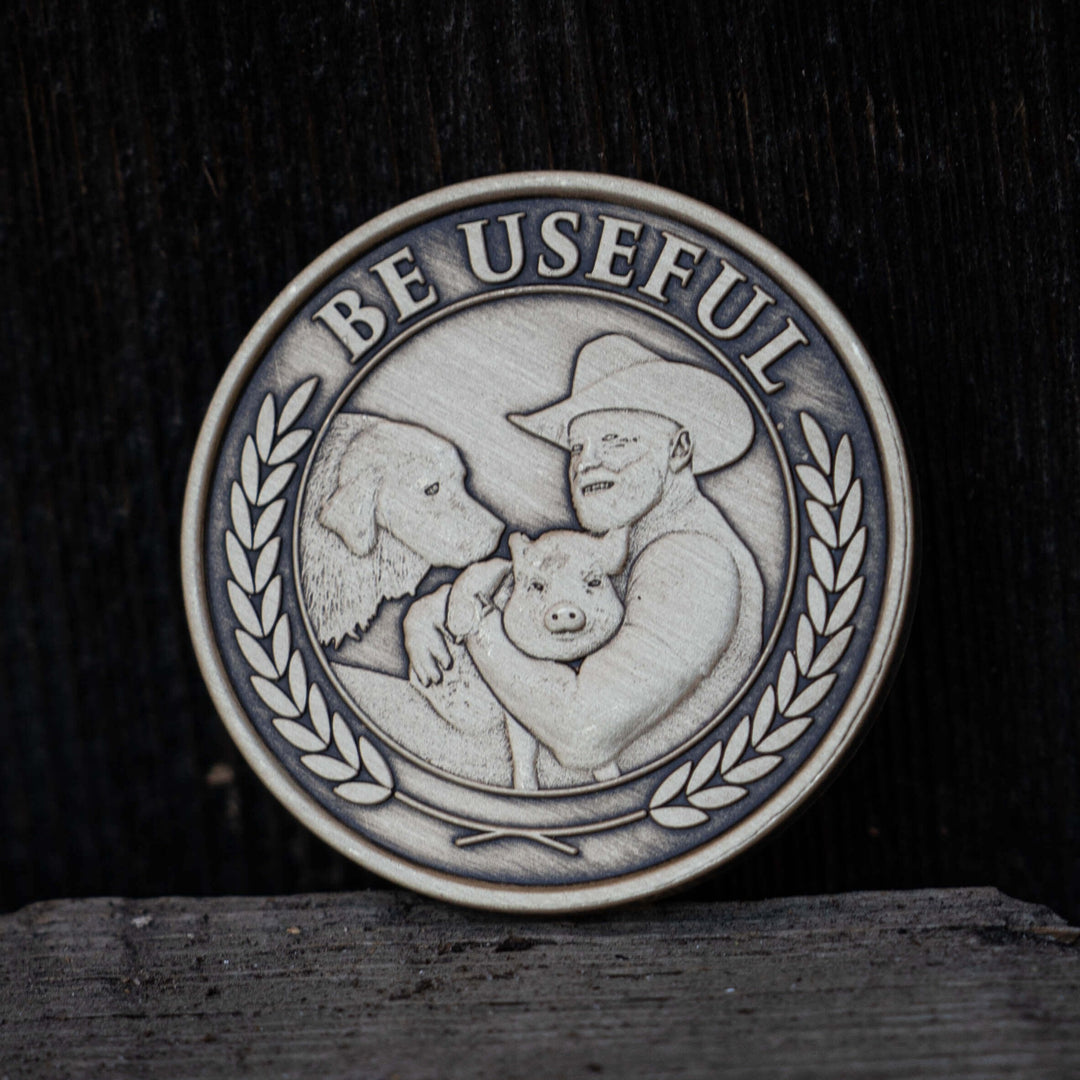Welcome to the positive corner of the internet. Here’s a daily digest designed to make you healthier in less than 5 minutes. If you were forwarded this message, you can get the free daily email here.
Today’s Health Upgrade
The 3-week rule
The power to change the world
Positive corner of financial health
That’s healthy, right?
Arnold’s Podcast
Want more stories from Arnold? Every day, Arnold’s Pump Club Podcast opens with a story, perspective, and wisdom from Arnold that you won’t find in the newsletter, as well as a recap of the day’s items. You can subscribe on Apple, Spotify, Google, or wherever you listen to podcasts.
The 3-Week Rule
Are you taking off a little more time than usual during the holiday? We want you to stay consistent with your habits, but a few missed days are no reason to panic.
Research suggests that losing strength and muscle takes approximately three weeks of inactivity. And if you’re more interested in your endurance, you can take off two weeks before seeing a noticeable change.
It’s easy to feel worse when you break your routine or get off track because you assume you’ve done damage. But whether you’re traveling, taking a vacation, or getting sick — don’t stress or worry about short breaks from your routine.
And even if your break is longer — such as when you get injured — research suggests you can regain your progress quickly. ('“muscle memory” is real). One study found that after a 7-month break, participants regained their strength in just six weeks of consistent training.
This is another reminder that while consistency is vital to success, short-term distractions or breaks do not derail your goals. What you do most of the time will ultimately determine the changes you see and your overall health.
The Power To Change The World
We’ve told you that we only work with partners when we use the products ourselves, and it’s a genuine, organic fit. We’ve been so pumped to see so many emails from the village about how much you love Maui Nui Venison.
Today, instead of telling you about the health benefits of their delicious lean meat or their environmental mission to balance the impact of an invasive species that is causing widespread damage to Maui’s vulnerable ecology, we wanted to tell you about what they do to give back because it is something we emphasize over and over. It’s the time of year to remind everyone to give to those who aren’t as fortunate as us.
It reminds us all that we have the power to change the world by making someone else’s day better.
Maui Nui Venison has recently donated over 40,000 pounds of nutrient-dense protein to families affected by Maui’s recent fires, and they launched a buy one / share one pound program in November.
Maui Nui Venison isn’t just some of the healthiest red meat on the planet… and tasty (you should see how much Ketch goes through in a week). It isn’t just a great company that has created simple direct-to-your-door access to the most nutrient-dense meat on the market. It is a company providing for their community in a very real way, and because of that, we are even more proud to share it with our village.
Visit MauiNuiVenison.com/pumpclub and get 20 percent off your first order of jerky sticks, fresh cuts, delicious bone broth (with unmatched 25g protein), and even your first ‘ohana box subscription. Snag one of their limited memberships while you can at mauinuivenison.com/pumpclub with PUMPCLUB as your discount code.
The Positive Corner of Financial Health
You might not be able to control how much money you make, but you can control how much stress is created by managing your money.
Research suggests that automating your money is key to financial success. Why? Because of “present bias,” which is our preference for smaller, instant rewards instead of waiting for larger, future rewards.
According to finance expert Ramit Sethi, present bias can derail you from sticking to your financial plans — and automating your finances can help combat this. Plus, you’ll never forget to pay a bill, rack up late fees, or accidentally overdraft your account again.
But don’t waste your time and mental energy sending money to different accounts every payday to do this. Use Sethi’s plan to split your paycheck to save, invest, and pay bills automatically. See his seven tips to help ensure you’re automating your money in a way that works for you.

Make sure you have direct deposit set up to deposit into your checking account. If not, set that up right away with your HR rep.
Connect your paycheck to your 401(k), so it's automatically funded each month. Even if you already have a 401(k) going, you may have to adjust the amount you contribute every month based on your goals in your Conscious Spending Plan.
Set up automatic transfers from your checking account to your savings account.
Connect your checking account to your investment account or Roth IRA. (Do this from your investment account, rather than from your bank account.)
Connect your credit card to any bills you've been paying via your checking account. (And if you've actually been paying bills by writing checks with a pen, please understand that man has discovered fire and combustible engines and join our modern times.)
Then, set it up so that your credit cards are paid from your checking account. (This is set up from your credit card's "Transfer" or "Link Accounts" page.)
Link regular bills that can't be paid using a credit card to your checking account, like rent and loans. (Do this by logging in to the company's website and initiating the transfer from your checking account to the company.)
Spend time setting up your system this weekend so every paycheck gets split automatically — so you can spend time living your Rich Life.
That’s Healthy, Right?
Ever wonder how much good marketing influences your health decisions? Research suggests that the healthier you think a food is, the more likely you are to overeat it — even if it’s not good for you.
Scientists found that if you believe a food is good for you (because of claims like “high protein” or “low carb”), you experience less guilt and anxiety and are more likely to overeat. This can turn your good intentions into actions that don’t support your goals. And, if you’re deceived into eating more of something that isn’t healthy, it can be a frustrating experience.
For example, brands can label food as “an excellent source of protein” when it only has 10 grams of protein. However, most research suggests that an excellent source of protein would be closer to 20 to 40 grams per serving.
The perception of foods is something scientists call the “health halo,” and it’s good to be aware of how it influences your behaviors. Food companies are aware of the “halo effect,” which is why they’ll stretch reality to leverage certain concepts (gluten-free!) to get you to buy and eat more of their products.
But you don’t need to be the victim of clever marketing. Instead, build your diet around your food preferences and select lean proteins, fruits, vegetables, nuts, seeds, legumes, and whole grains. Remember, you don’t have to be perfect, and you’re not screwing it up if you eat dessert or packaged foods. If you eat food that fuels your body most of the time, then there is plenty of room to eat less nutritious foods and not overthink everything you put into your mouth.
—
Publisher: Arnold Schwarzenegger
Editors-in-chief: Adam Bornstein and Daniel Ketchell









